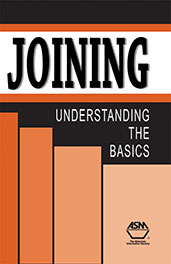1978-02-01
Fatigue Performance of Aluminum Joints for Automotive Applications 780397
Fatigue tests have been conducted to evaluate several methods of joining aluminum sheet for automotive applications: resistance spot welds; GMA spot welds; fillet welds; rivets; mechanical clinching; bonding; and, combinations of bonding with spot welding, riveting, and clinching.
Spot welded, riveted or clinched lap joints in 1.0 mm (0.040 in.) aluminum have fatigue strengths 1/2 to 2/3 those of spot welded joints in 0.8 mm (0.032 in.) steel. Bonding in combination with these joining techniques produces joints having fatigue strengths equal to or higher than those of spot welded steel joints. Simulated service exposures generally reduce long-life fatigue strength of combination joints.
SAE MOBILUS
Subscribers can view annotate, and download all of SAE's content. Learn More »
TECHNICAL PAPER
Effect of Process Variables on the Static and Fatigue Properties of Self-Piercing Riveted Joints in Aluminum Alloy 5754
2001-01-0825
TECHNICAL PAPER
Performance Evaluation of Metal Matrix Composites Bolted Joints
2010-01-2036

BOOK
Joining: Understanding the Basics
